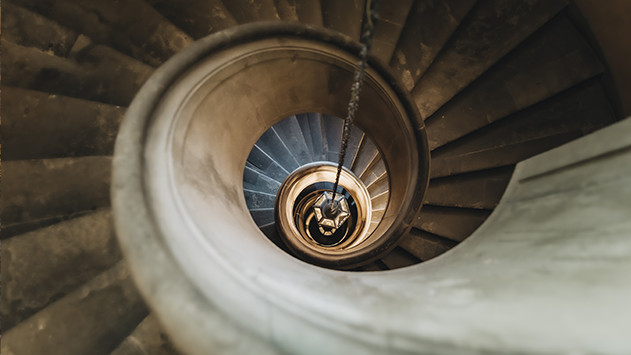Bologna and the Renaissance
Updated on 03 May 2024 From Bologna Welcome
Although Bologna is widely known for its medieval character, it was in fact one of the most historically and artistically important cities of the Italian Renaissance period. The Bentivoglio family and Pope Julius II were the two prime history makers here.
It is the most important Franciscan convent
complex in the city and was one of the largest in northern Italy. In the 15th
and 16th centuries, it was the nucleus of remarkable decorative endeavours,
including the construction of numerous chapels, the only remaining example of
which is San Bernardino. Inside, visitors can still admire the monumental Tomba
di Papa Alessandro V (Tomb of Pope Alexander V), completed by Sperandio da
Mantova during the time of Giovanni II Bentivoglio. Other masterpieces are
instead kept in the Pinacoteca Nazionale (National Art Gallery).
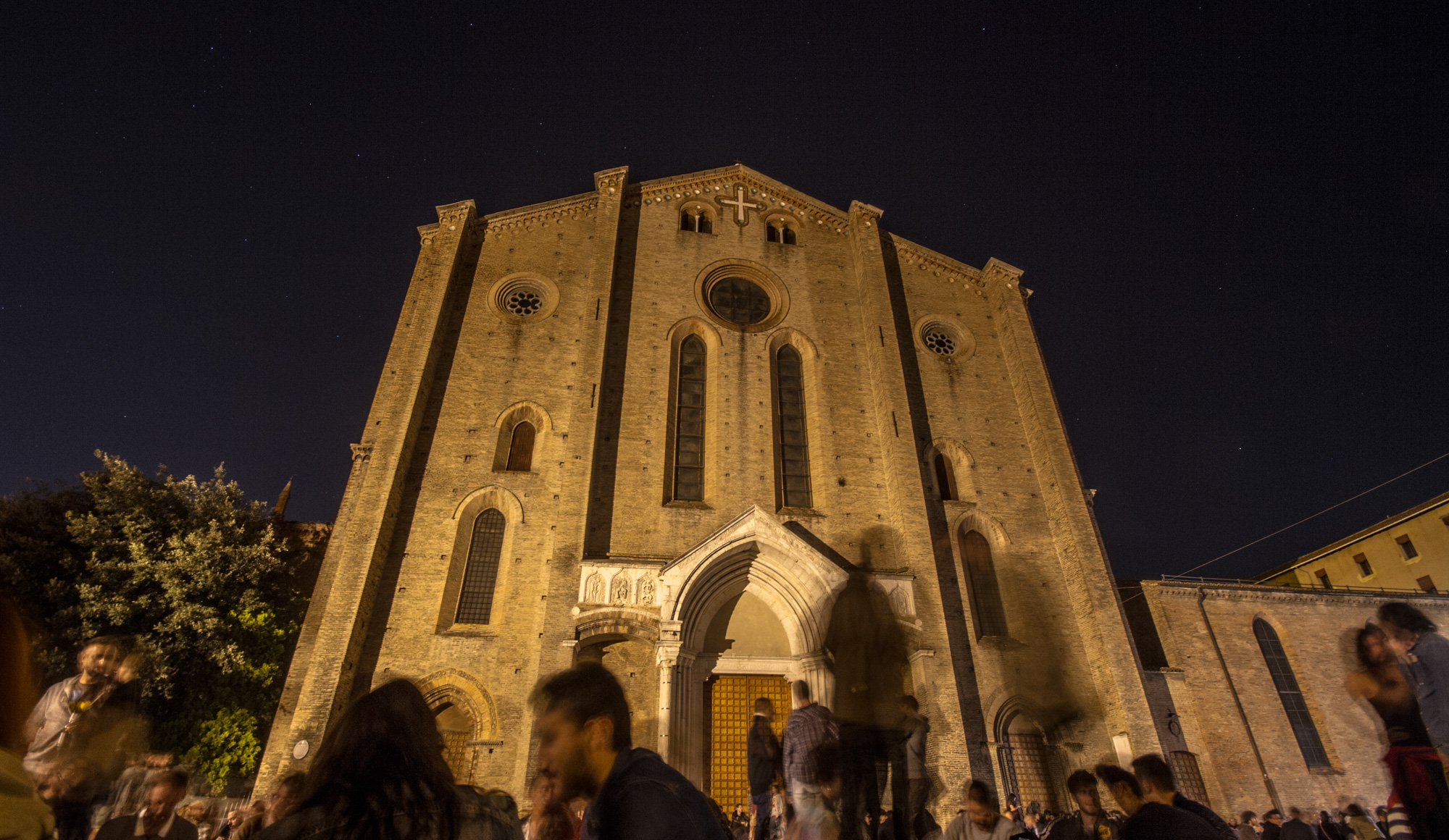
During the
Renaissance, this majestic basilica symbolised the devotion of the Bolognese
population and was central to a number of important artistic programmes. It has
many notable features, such as the decoration of the side windows, on which
Niccolò dell'Arca and Francesco di Simone Ferrucci also worked, or the current
layout of the façade. The interior contains masterpieces by all the key artists
of the era, including the Cappella De’ Rossi (De Rossi Chapel) by Lorenzo Costa, the Lamentation by Vincenzo Onofri and various
paintings by Amico Aspertini.
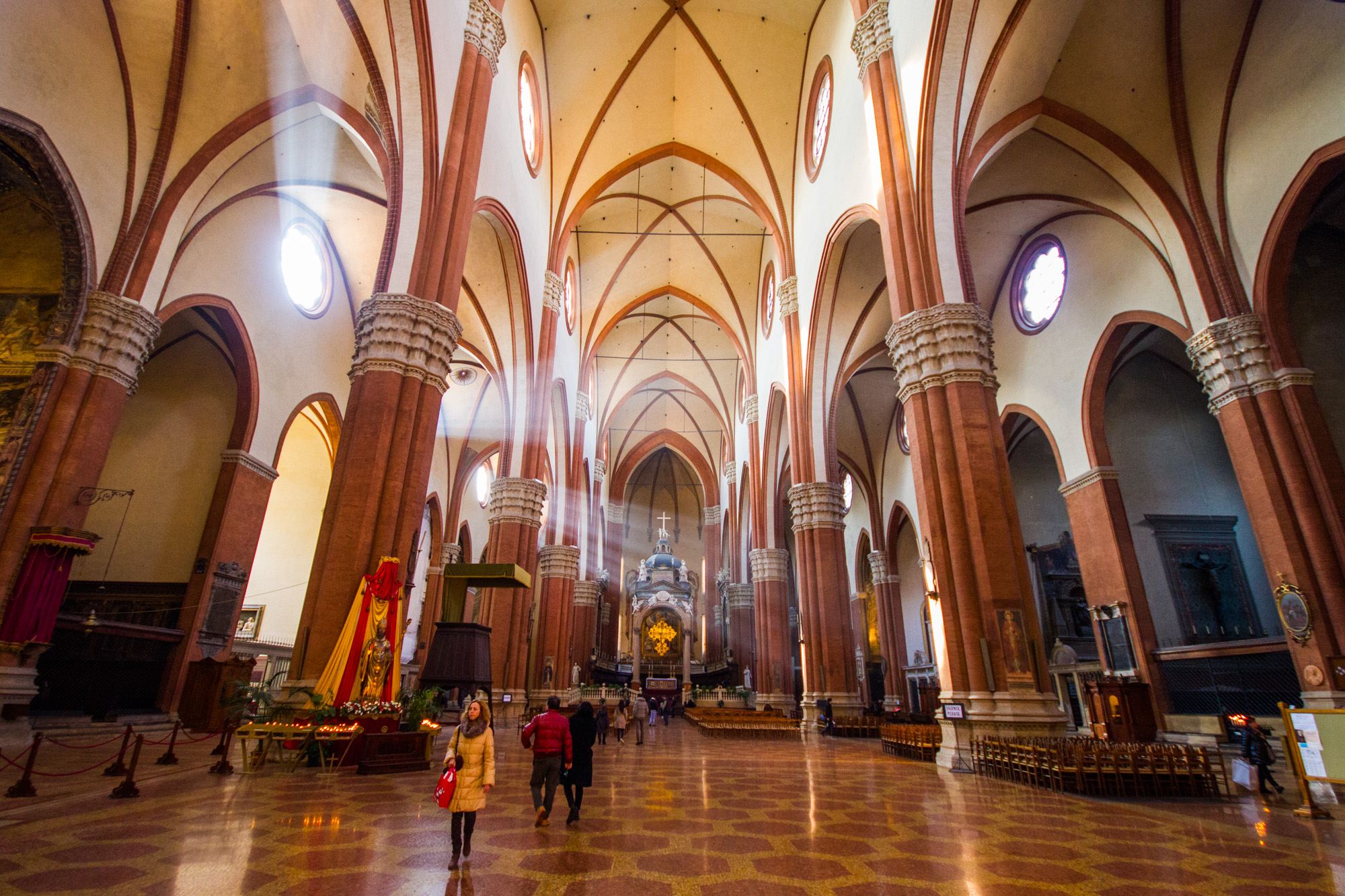
The Collezioni Comunali d’Arte are housed in the Palazzo D’Accursio (D’Accursio Palace) in Piazza Maggiore. The building was pivotal to some of Bologna's most important events and indeed hosts some of its Renaissance structural adornments, such as the great Corte d’Onore (Court of Honour), the Scalone (Staircase) or the Torre dell’Orologio(Clock Tower), still admired by the public today. The collections contain works of considerable importance such as the Crucifixion with Saints John and Jerome by Francesco Francia or the Virgin and Child by Amico Aspertini.
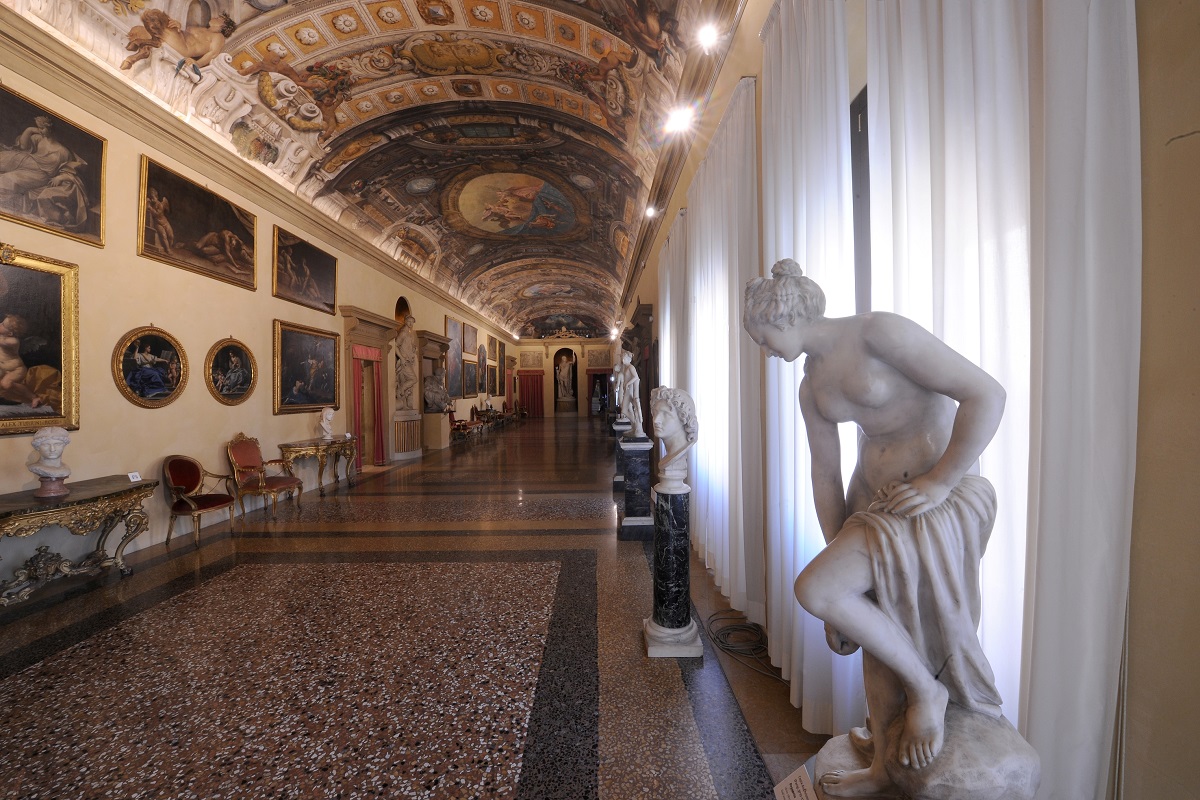
The museum
occupies one of Bologna's best-preserved Renaissance palaces and boasts a
collection whose historical and artistic importance makes it quite unique. The
Bentivoglio era is represented by rare artefacts such as the Stocco, a splendid sword donated by Pope
Nicholas V to Ludovico Bentivoglio, or the Targone,
a processional shield emblazoned with a Saint
George and the Dragon painting, or the famous tomb of Domenico Garganelli –
a multi-material work that stands as one of the masterpieces of Francesco del Cossa.
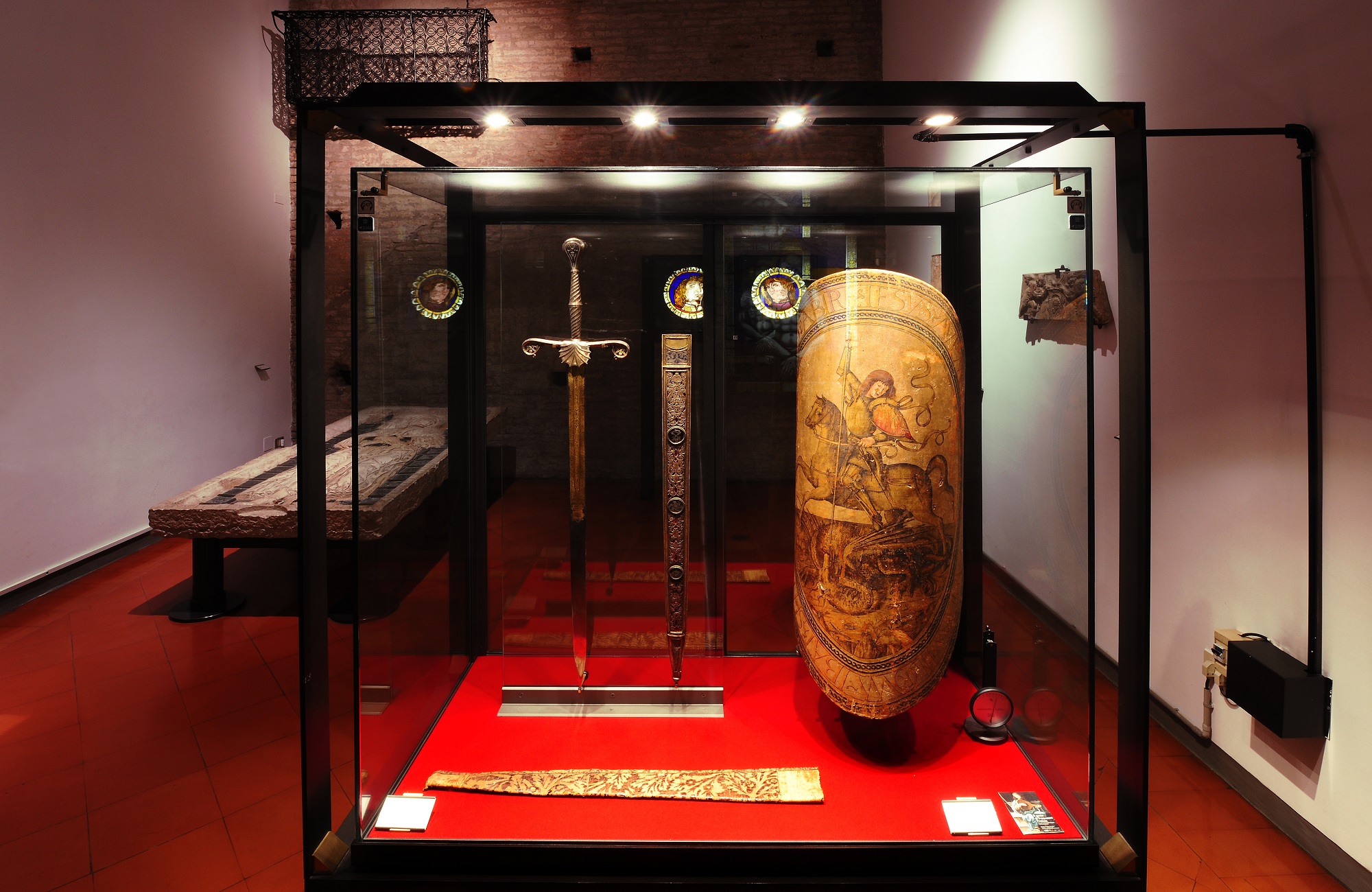
The Cathedral
was a treasure trove of Renaissance masterpieces – above all, the famous
Cappella Garganelli (Garganelli Chapel); but changing tastes and the march of
time have sadly resulted in the loss of almost all of these works. Today's
building has been almost completely reconstructed, but fortunately still
possesses some outstanding works of the period, such as the magnificent Lamentation over the Dead Christ by
Alfonso Lombardi. The large terracotta statues demonstrate a refined classicism
balance by narrative tension and naturalistic detail.
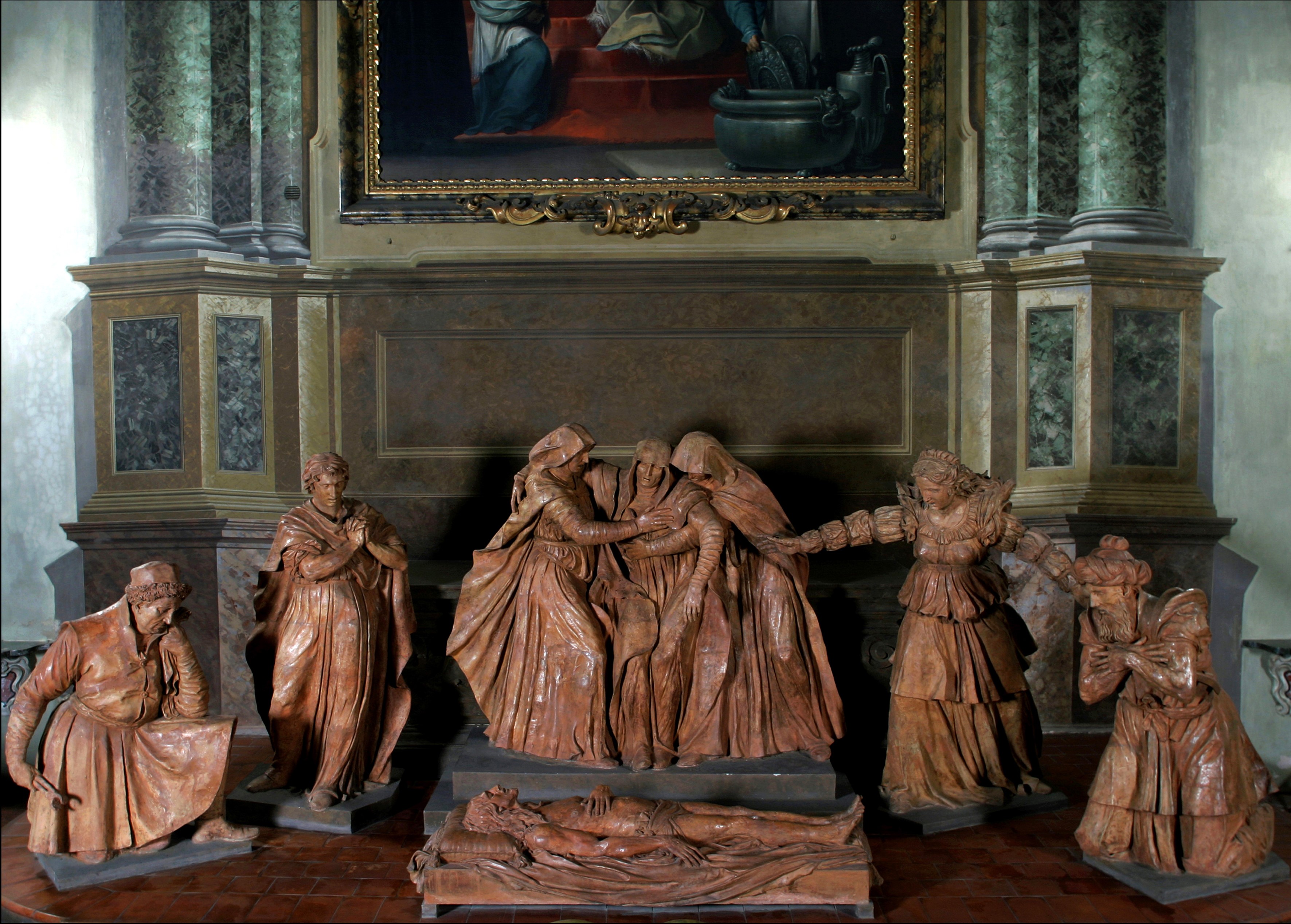
This important
Carmelite church in Bologna has undergone extensive changes over time, as amply
evidenced by its 19th-century façade. Today it houses several masterpieces of
Renaissance art: visitors can admire the Assunta
(Assumption) by Lorenzo Costa, the Madonna e
Santi (Madonna and Saints) by Amico Aspertini or the Bust of Beroaldo attributed to Vincenzo Onofri. The Marescotti and
Boncompagni chapels are also noteworthy, not only for their architecture and
original decoration, but also for their altarpieces by Francesco Francia and Girolamo da
Carpi.
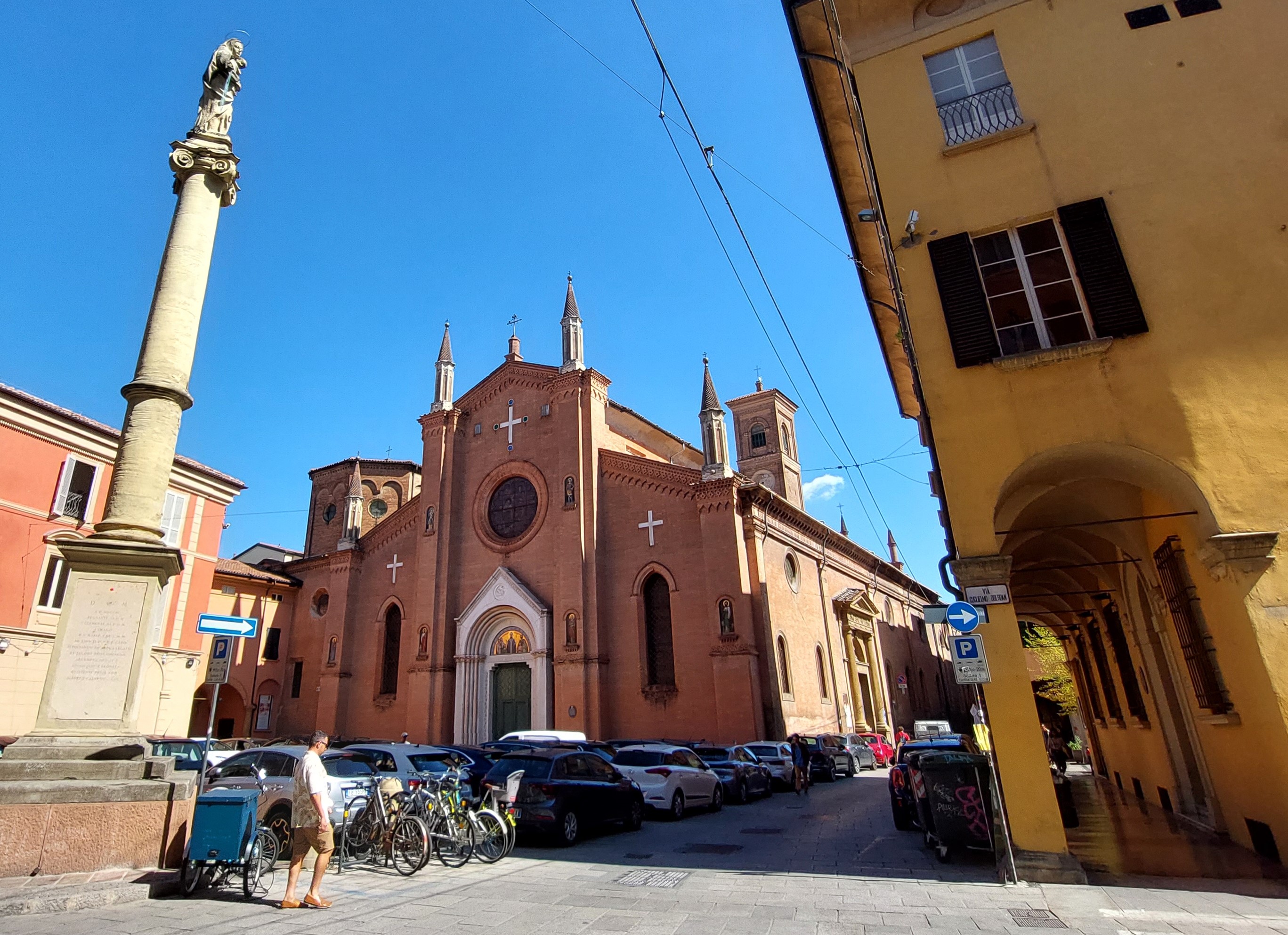
The Renaissance wing of the
Pinacoteca Nazionale di Bologna is divided into 20 chronological and thematic
sections. It covers a time span from 1450 to the mid-16th century, emphasising
crucial milestones while telling the story of the most prominent artists in
Bologna during this period. Alongside masterpieces by local artists, the halls
include paintings by great masters such as Raphael, Parmigianino, Titian,
Tintoretto and El Greco.
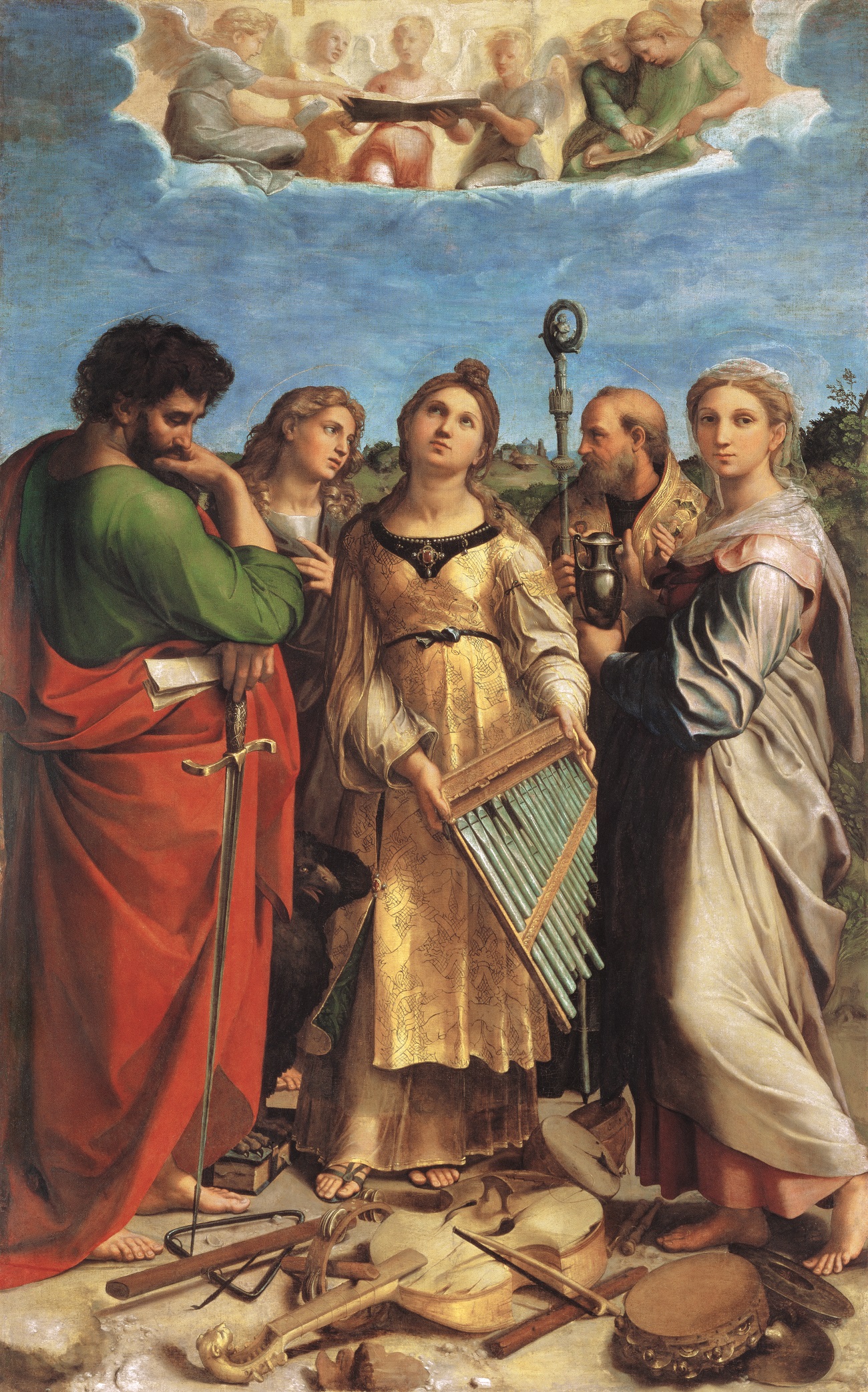
Here, the focus
shifts from the Renaissance of the courts and the great artists to the “other
Renaissance” of the early scientists, collectors, and observers of nature. The
rooms of Palazzo Poggi, decorated with frescoes from the Mannerist period, are
where the University of Bologna houses an exceptional treasure: the collection
assembled by Ulisse Aldrovandi (1522-1605), professor and inventor of the
modern science museum. The Aldrovandi museum, donated to the Municipality of
Bologna, has resisted dispersal over time and comes to us almost intact.
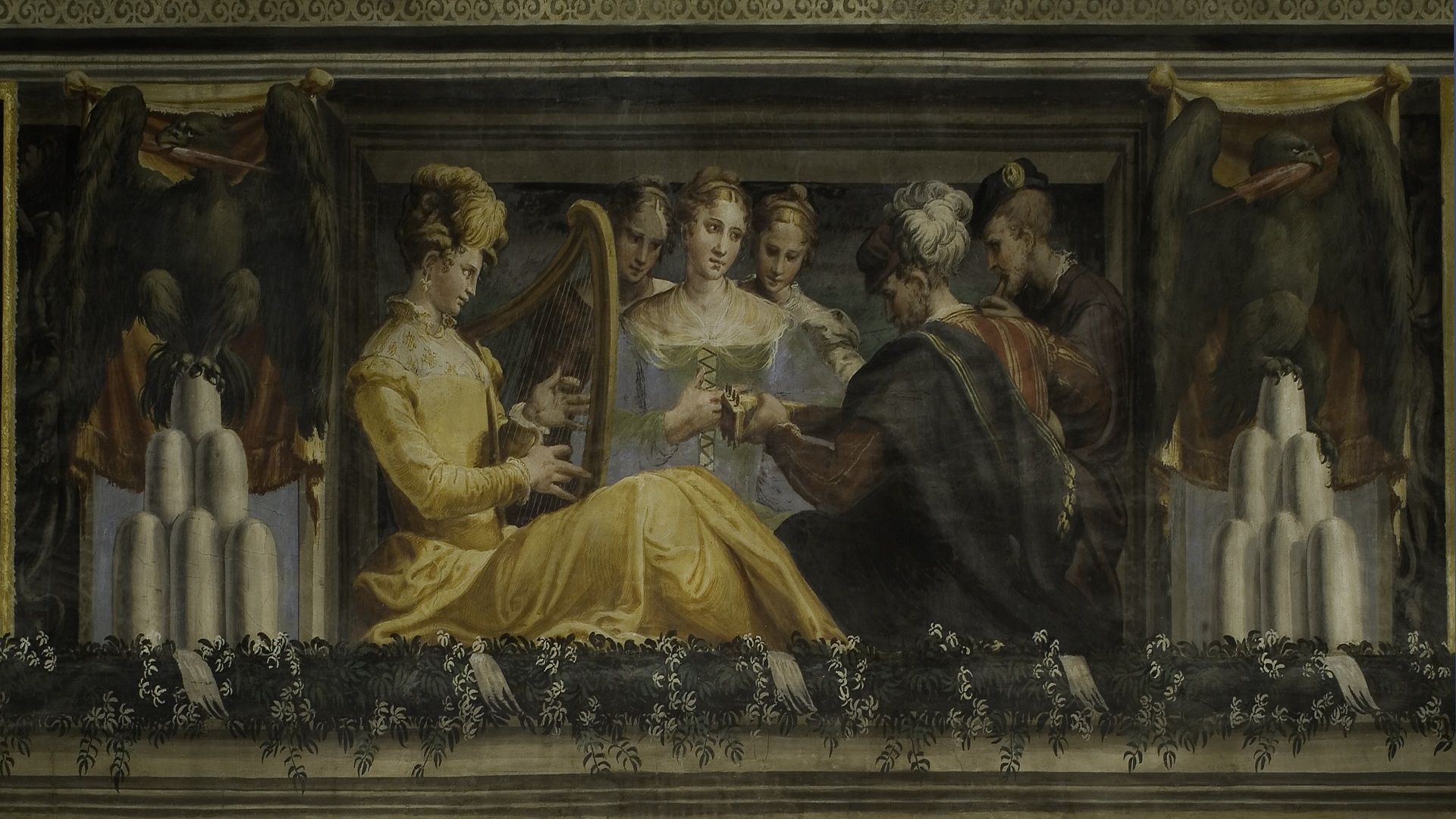
The Oratorio Santa Cecilia is home to the most important
painting cycle of the Bolognese Renaissance. The work was begun in 1506 by the
leading artists of the time: Lorenzo Costa, Francesco Francia and Amico
Aspertini. It is curious that these frescoes bear no iconographic signs
identifying Cecilia as the patron saint of music. The truth is that these
references only became widespread after the city saw the arrival in 1515 of
Raphael's painting, now in the Pinacoteca.
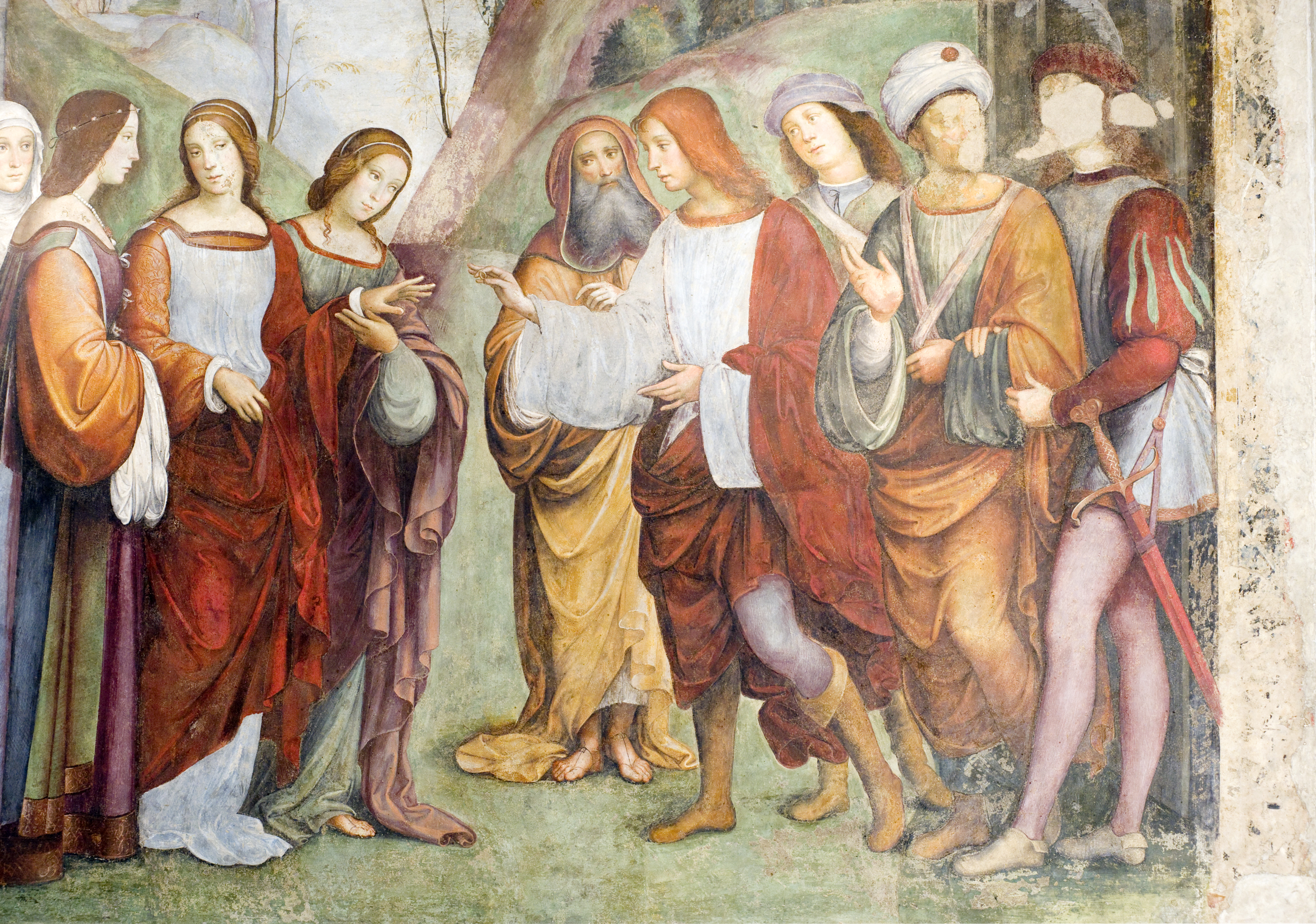
The
Bentivoglio family chapel is located in the Chiesa di San
Giacomo Maggiore and is a true masterpiece of the Bolognese Renaissance.
Commissioned by Annibale Bentivoglio in 1445 and finished by Giovanni II
in 1486, the chapel was decorated by two leading artists active in Bologna at
the end of the 15th century: Lorenzo Costa and Francesco Francia. Giovanni II Pope built the elegant Renaissance portico that runs alongside the church and leads
to the Oratorio di Santa Cecilia (Santa
Cecilia Oratory).
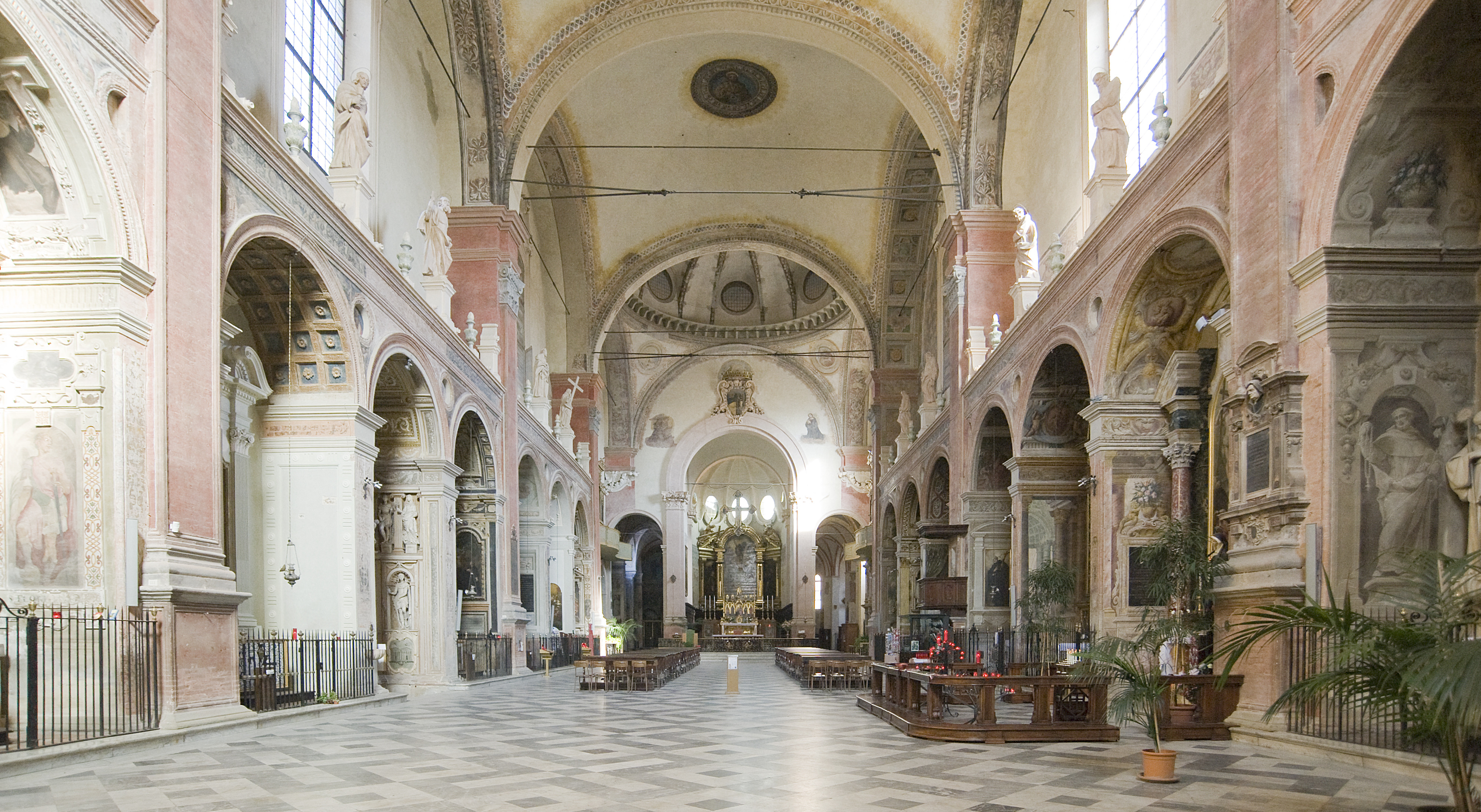
The “Scream of Stone” was how Gabriele D’Annunzio defined the sculptural
group The Lamentation over the Dead Christ by Niccolò dell'Arca, dating
from around 1463. The dynamic and strongly realistic style of this work signals
the influence of Donatello and artists of the Ferrarese school such as Ercole
de' Roberti. The work resides in the Church of Santa Maria della Vita, which
dates back to 1200, the year in which the eponymously-named institute was
founded to care for the sick, prisoners and those condemned to death. In the
chapel to the right of the high altar of this important place of worship,
visitors can admire a sculptural masterpiece that still arouses pathos and awed
admiration after six hundred years.
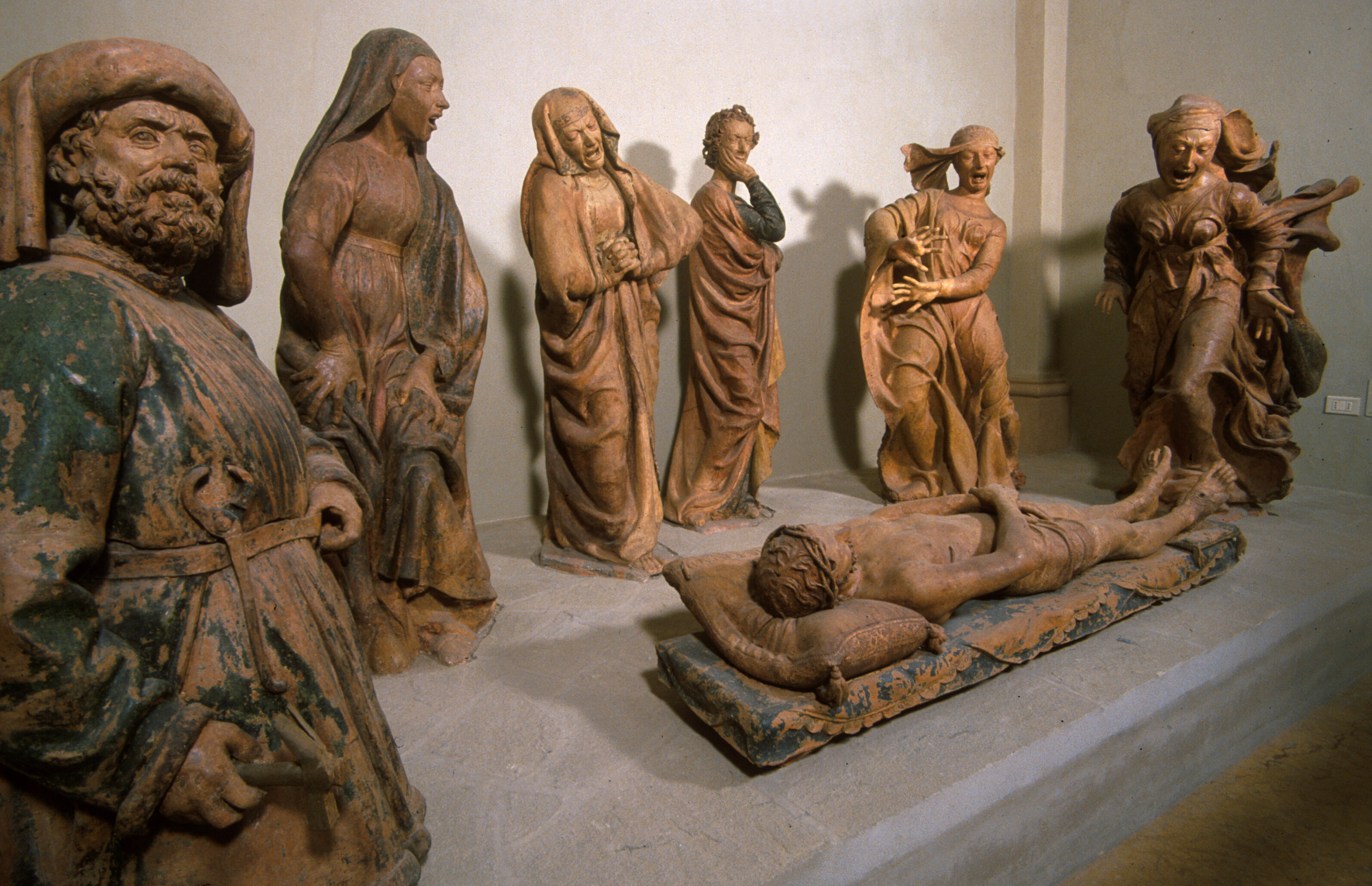
Palazzo Pepoli
Vecchio was home to one of Bologna's most powerful families in medieval times
and is now a museum charting the city’s history from the Etruscan era to the
present day. Amidst the centuries of history that unfold in the rooms of the
Palace there is a large space is dedicated to the Bologna Renaissance. This was
a time marked by power struggles between Guelph and Ghibelline factions,
against a background of fraught, compromised relations with the papacy. This
complex historical environment led to the rise to power of the Bentivoglio
family. Its apotheosis is portrayed by some of the greatest artists of the
period such as Lorenzo Costa. The Museo della Storia is an essential visit for
anyone wanting to understand the historical background to the Renaissance
phenomenon in the city of Bologna.

This is one of
the best-preserved churches, featuring a Venetian-style façade, Niccolò
dell'Arca’s Eagle sculpture and
Bentivoglio-style stained glass windows, including a Francesco del Cossa design
depicting St John. Inside there are some excellent works, such as the Incoronazione (Coronation) or the Madonna in trono (Madonna Enthroned) by
Lorenzo Costa and the copy of Saint
Cecilia, placed next to the body of the Beata Duglioli dall’Olio (Blessed
Elena Duglioli) in the chapel of the same name. It was in this same place that
Raphael's masterpiece, now in the Pinacoteca Nazionale (National Art Gallery),
was admired for centuries.
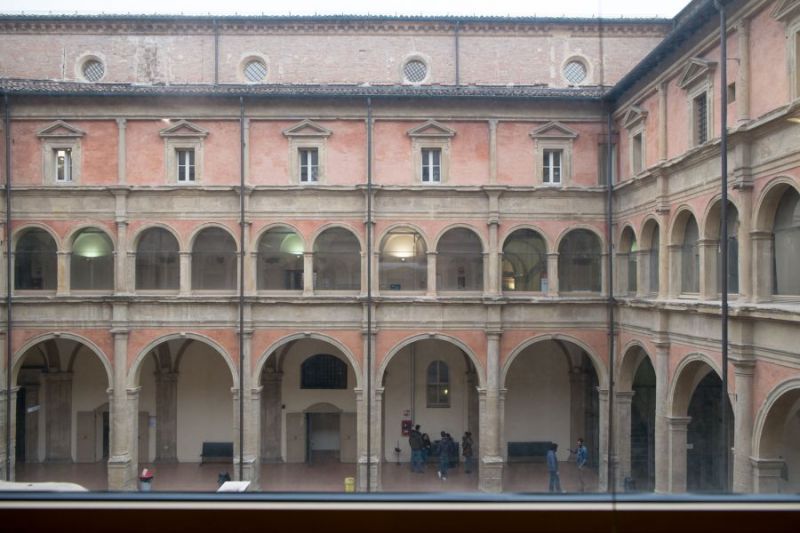
The Museo Davia
Bargellini, housed in the beautiful Palace of the same name, preserves the
memory of the powerful family allied to the Bentivoglio dynasty. Of all them,
Gaspare and Virgilio in particular were prominent figures in the Bolognese epic
era. The numerous Renaissance works include the bust of Virgilio di Onofri, his
supposed portrait attributed to Aspertini and the Raphael-esque paintings by
Innocenzo da Imola depicting Saint
Lorenzo and Saint Petronius,
previously held in Santa Maria dei Servi.
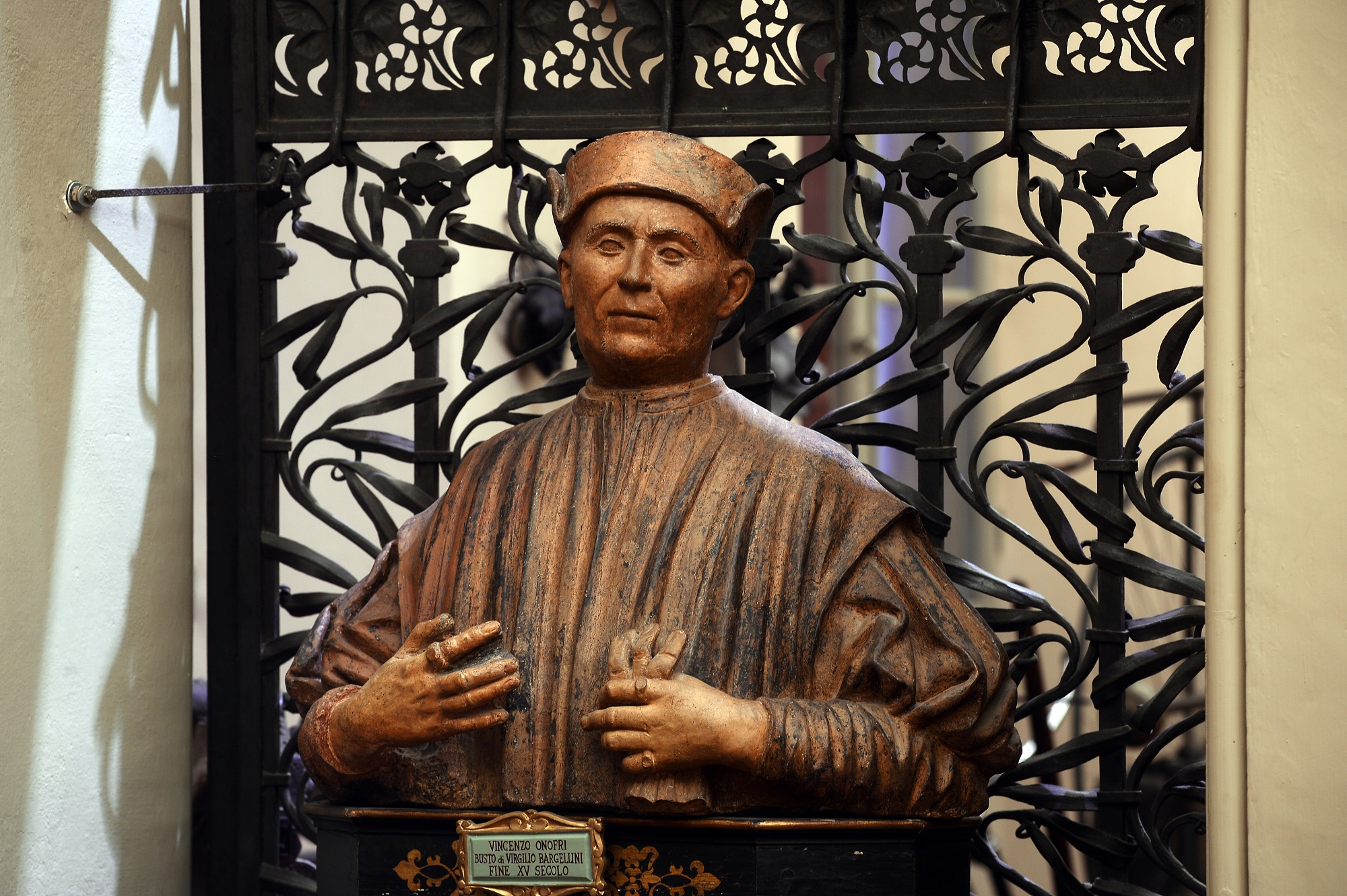
A key site in
the city’s history, this was the world’s most important Dominican church in
Renaissance times and was the setting for extraordinary artistic endeavours.
The most striking example was the marble crowning of the Arca di San Domenico
(Ark of St. Dominic), begun in 1469 and completed in 1473. Adorned with
exquisitely beautiful statues, the work ensured that history would never forget
its creator’s name: Niccolò dell’Arca. The maestro sculpted almost all
the statues, but at the time of his death there were still some were missing;
three of them were done by Michelangelo: Saints Petronius, Proculus and the
Angel Holding the Candelabra (1494).

The church was
rebuilt in the 15th century by the Olivetans and, despite the many alterations
and restorations since then, has retained many of its original elements. The
layout of the apse, the roof and the entrance portico are peculiar to the
Renaissance architecture of the Padania plain. Also of note are the extant
stained glass windows based on drawings by Francesco Francia, the maestro
who also painted several large altarpieces for the church and which are now in
the Pinacoteca Nazionale (National Art Gallery).
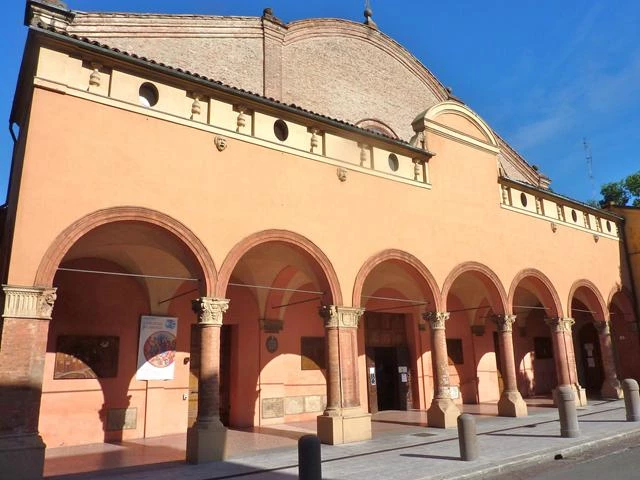
Beginning in 1475, the church was completely renovated by observant Franciscan friars. Despite the many changes down through the centuries, there are several remaining Renaissance architectural elements, such as the large portico or the vaults. Some magnificent Julian-era paintings, now on display in the city's museums, were originally in this church: first and foremost is the altarpiece of the high altar with saints by Francesco Francia, now in the Pinacoteca Nazionale (National Art Gallery).
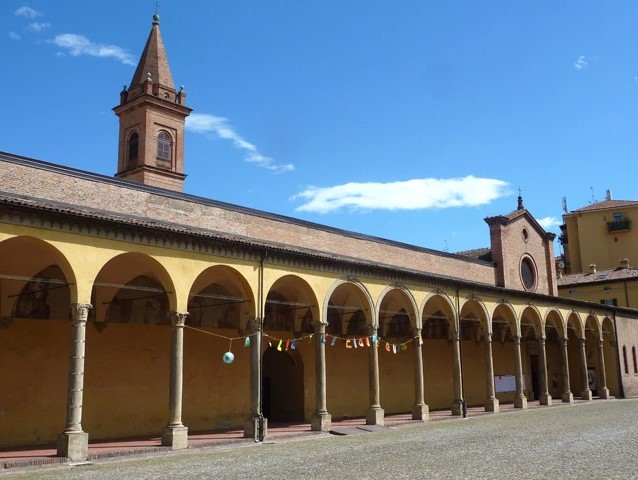
Palazzo Boncompagni is an extraordinary example of the mature Bolognese Renaissance and it was the residence of Pope Gregory XIII until his election to the papal throne on 13 May 1572. Visit the imposing Papal Audience Hall, frescoed with five stories of the youth of David, the splendid loggia with its inlaid columns and beautiful Magnolia tree, and the spiral staircase designed by Jacopo Barozzi also known as the Vignola.
